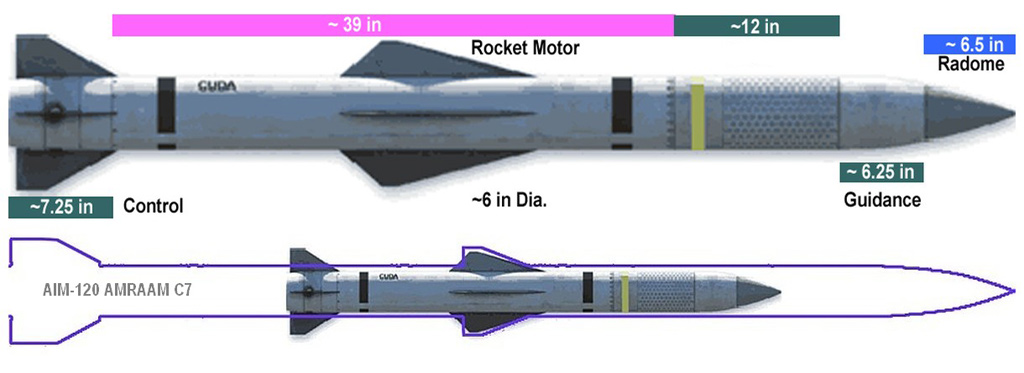AssassinsMace
Lieutenant General
Hypersonic missiles anyone? Remember how Prompt Global Strike was going spank the world for the US. Then after some test failures, they actually stopped funding the program until China's hypersonic test successes. Just because they say they can do it, doesn't make it so. Look at the hype over AI these days. It's still a long way off from what's depicted in science fiction but they advertise it like it's just around the corner. The primary reason why they advertise not-anytime-soon technology being developed is because they want money for research and development. Missile intercept is still tricky. I read under the most optimal of conditions the US would need to launch 5 interceptors per incoming warhead for a 45% hit probability against North Korean ballistic missiles. How many AAM missile interceptors will a fighter have to carry to intercept an AAM? Not enough for a fighter to carry?

